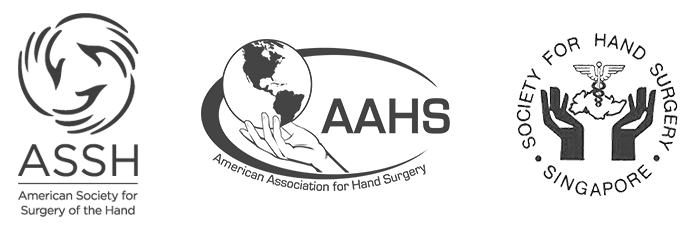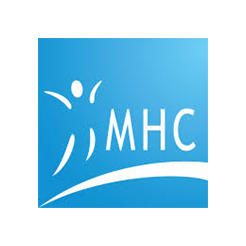We rely on the dexterity of our fingers and thumbs every day for the most menial of tasks before we even walk out our front door: brushing teeth, handling cutlery, buttoning clothes, tying shoelaces, carrying a bag and using handles. Taking one of our fingers out of action is all it takes to realise that having 4 working fingers and an opposable thumb on each hand is essential for completing countless seemingly simple daily tasks. Overusing them through repetitive activities such as typing on smart phones and scrolling social media, is a very real risk with implications that can seriously impede your life.
WHAT IS TRIGGER FINGER?
Trigger finger is an uncomfortable condition where a digit can lock, bent in place, because the underlying flexor tendon that controls its movement can’t move easily through its sheath to raise the finger up or down. Nodules can develop on the joint due to inflammation, and moving the finger back and forward into place means having to experience popping and locking - and not in a fun Hip Hop dance kind of way. In addition to pain, it can be incredibly difficult to grip items.
HOW REPETITIVE ACTIVITIES CAN CAUSE TRIGGER FINGER
Trigger finger, otherwise known as stenosing tenosynovitis in medical terms, is caused by repetitive or forceful use of the fingers. Typically, it’s a condition that builds up over time, rather than as a result of a single incident. Actions like returning a serve in volleyball, scrubbing a floor, holding a golf club or tennis racket, carrying luggage, hammering materials, pruning plants and lifting groceries – activities that require a firm grip - can all contribute to a trigger finger diagnosis. What makes it even more common these days is social media and smart phones.
OVERUSE OF SMARTPHONES IS NOW A CAUSE OF TRIGGER FINGER
With the advent of mobile communication, information is travelling at unprecedented speeds. And the expectation that we should be constantly responsive as a consequence, means that we are typing messages, using keyboards and touchpads, and scrolling like never before. All of these things put enormous pressure on our fingers, and it’s no wonder that the strain flares to manifest self-inflicted injury. While trigger finger used to be an affliction affecting older people after prolonged damage, doctors are now seeing cases in younger and younger patients.
TREATMENT OPTIONS AVAILABLE FOR TRIGGER FINGER
The good news is that trigger finger can be repaired. If it’s caught early enough, you can avoid long periods of having to open jars with your teeth or enduring the humiliation of having to ask your partner to do so; not to mention being able to cut short debilitating pain and a longer recovery period. Even if left to advance though, the issue can still be corrected. But it is crucial to consult an expert. Dr Jonathan Lee, Medical Director and Lead Surgeon at the Singapore Hand & Reconstructive Microsurgery clinic, specialises in repairing this problem quickly and effectively. His passion for aesthetic science means that, not only will the injury be treated and function restored, the appearance of any treatment will be almost invisible.
There are several ways to treat trigger finger:
Avoidance
Splinting
Anti-inflammatories
Exercise
Steroid injection
Surgery
THE ROLE OF ANTI-INFLAMMATORIES AND HAND PHYSIOTHERAPY IN ALLEVIATING THE SYMPTOMS OF TRIGGER FINGER
Avoiding activities that precipitate the problem is easier said than done if the activity is a manual task that is part of your job, and splinting is probably only feasible at night time. So it’s common to begin by taking anti-inflammatories, like Naproxen or Zanaflex, to reduce swelling, and allow a period of time where some finger stretches can be practiced. You don’t need much in the way of apparatus; just an elastic band, some soft balls and your hand. Use the rubber band interlaced around the fingers to practice resistance and use the ball in the palm of your hand to practice squeezing and extension of the fingers.
Watch the video here for Trigger Finger Exercises to Try At Home
THE PROS AND CONS OF STEROID INJECTIONS
If the problem persists, there is the option to go down the route of steroid injections. Dr Lee likes to think of this option as a stronger form of anti-inflammatory rather than a solution. An injection of lumen acetate will send relief to the affected area and will work to alleviate pain and inflammation within days and up several months. However, if the discomfort resurfaces once the effect of the steroids has worn off, its not advisable to continue with steroid injections as a way of solving the problem - it is a course of action that buys you time but it has a cumulative ill-effect if repeated.
Steroids effectively block the body’s natural repair response, so if you are unlucky enough to wind up with infection at the site of multiple injections, your immune system will be too suppressed to know it needs to kick in and fight germs. And overlying skin can become thin as the body’s ability to create pigment is inhibited. Medication like this is not a cure-all and cannot be used indefinitely. At some point you need to be realistic and fix the underlying problem rather than deluding the finger by pumping it full of steroids.
THE SIMPLE AND SAFE SURGICAL CURE FOR TRIGGER FINGER
So the definitive cure for trigger finger is to widen the tight tunnel, known as the tendon sheath, so that the tendon can glide through it more easily. This is where consulting an experienced surgeon capable of precision work is key. Dr Lee completes this simple procedure as a day surgery under local anaesthesia with great results. Through a small incision in the palm, that leaves only a tiny scar behind in the crease of the hand, fine work is carried out to gently release the pulling, in a procedure that takes approximately 15 to 20 minutes. Patients immediately experience relief from the triggering and can suddenly make a full fist again. Swelling of the tendon disappears and constriction around the finger settles down after about one to two weeks. If the patient has had the issue for a while, physiotherapy might be recommended to improve mobility again.
WHY IT’S BEST TO BOOK AN EXAMINATION FOR EARLY DIAGNOSIS OF TRIGGER FINGER
The human hand is a complex and delicate structure that we often take for granted. Our precision grasping capability is intrinsic to everyday life, and if we don’t take good care of the unique 27 bones, muscles and tendons that make it possible, we can severely compromise our independence. If you’re feeling any discomfort in your fingers contact the Singapore Hand & Reconstructive Microsurgery clinic for an examination.
Dr Jonathan Lee is the founder and medical director the Singapore Hand & Reconstructive Microsurgery clinic. He is an accredited surgical specialist in hand and reconstructive microsurgery with a passion for aesthetic science.















